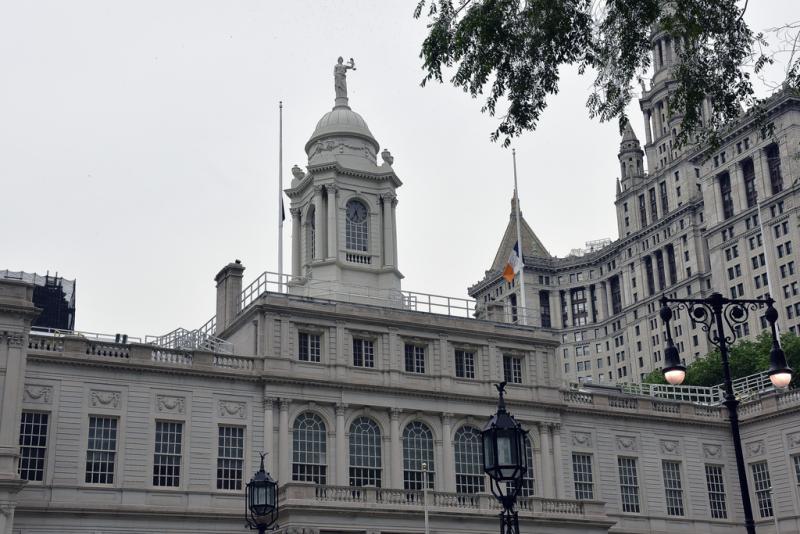
It has become abundantly clear that the New York City Council and Mayor de Blasio want to stop ridesharing. And they’re going to keep proposing different versions of a cap on Uber and Lyft cars until they get their way.
Now, City Council members are drafting new legislation that would be built around a cap, again. The measure is also said to include a minimum wage for drivers. The Mayor’s office and Taxi and Limousine Commission had been considering requiring a $17.22 per hour wage floor in recent weeks.
These are poisonous regulations. The cap would drive up prices and make it more difficult to get a ride as demand is left unmet. It would also hurt people in outer boroughs who have been neglected by taxis. By a 5-to-1 margin, respondents to a Pew Research Center poll from majority-minority areas agreed ride-sharing “serves neighborhoods taxis won’t visit.”
Now, with a new legislative fight unfolding, the NAACP and National Urban League have joined in criticizing the council’s tack because it would limit the number of rides available to minority areas.
The extremely high minimum wage would clearly drive up costs for riders, and further could disincentivize drivers from picking up as many people as possible as they get paid either way.
Another core provision would require the major ride-hail companies to submit a business plan to the city showing a need for their services. You can’t make this stuff up. City Council Members who are upset precisely because of the growth of ridesharing, which clearly shows consumer need, want to make companies send them a plan.
How about the City Council send taxpayers a plan demonstrating the need for their services?
The measures also includes rules on how much time a car must have a passenger, and add wheelchair accessibility requirements. This is according to reporting from POLITICO New York and the New York Times.
To justify their aggressive regulatory schemes, the City Council Speaker, Mayor, and others continue to talk about traffic and mass transit.
Hilariously, some have even blamed Uber for declines in subway usage (that will cost the MTA over $300 million in revenue). It is the MTA’s own fault that ridership has declined.
City population and ridership were spiking in recent years. However, the MTA, under Governor Cuomo’s leadership, continued to shift funds from long-term subway maintenance to flashy projects.
The result has been slower, less reliable subway service. The MTA is far more guilty of contributing to traffic problems than Uber. The unreliability of the subway and bus system has pushed New Yorkers to find other ways to get to work.
Now politicians would rather force people to walk while mass transit grinds to a halt.
Months ago a couple council members pushed the worst case scenario bill – which would have capped the number of cards, broken the city up into regions and made drivers stick to them, added exorbitant fees and short licensing renewal timelines.
That was clearly cover for a package that is nearly as bad.
The Times’ headline shouts, “New York Could Become First Major U.S. City to Cap Uber and Similar Vehicles.” A reminder of how influential this poor policy move could be around the country.
The stakes are high for anyone who cares about taxpayers, consumers, and markets across the country.

